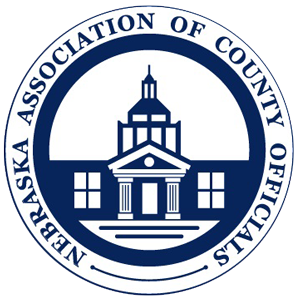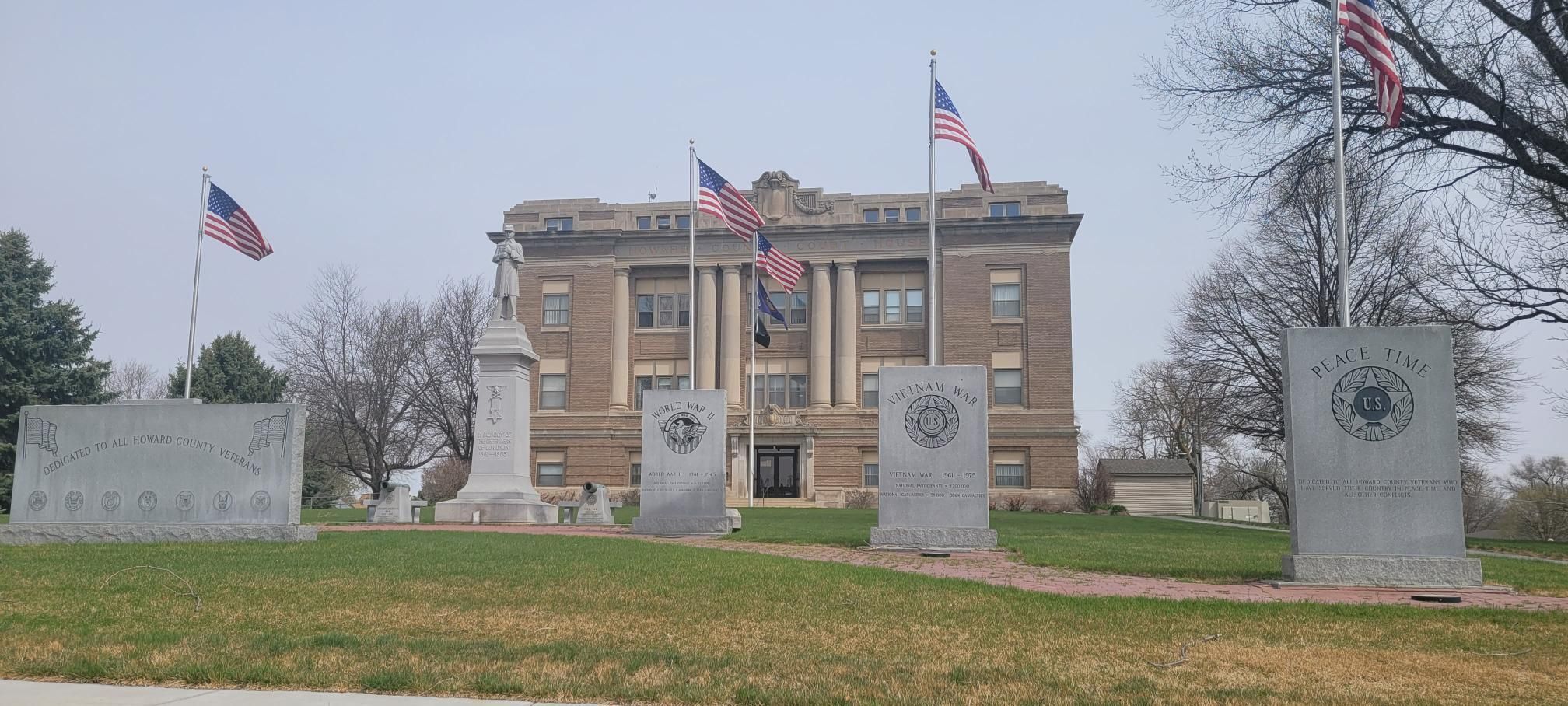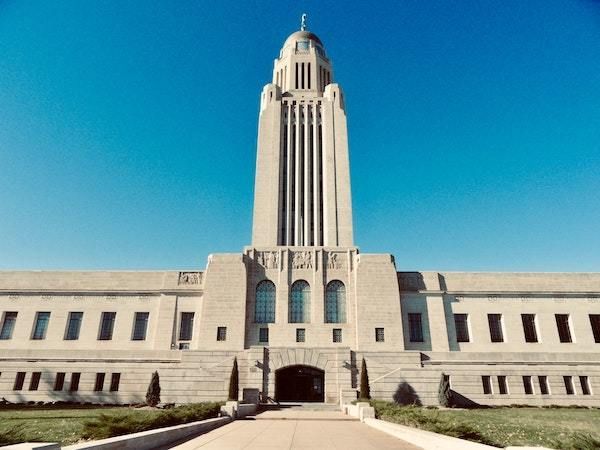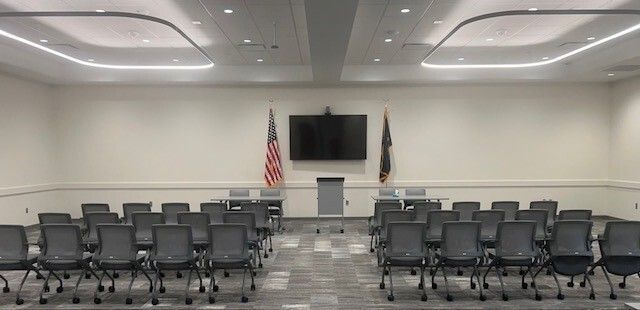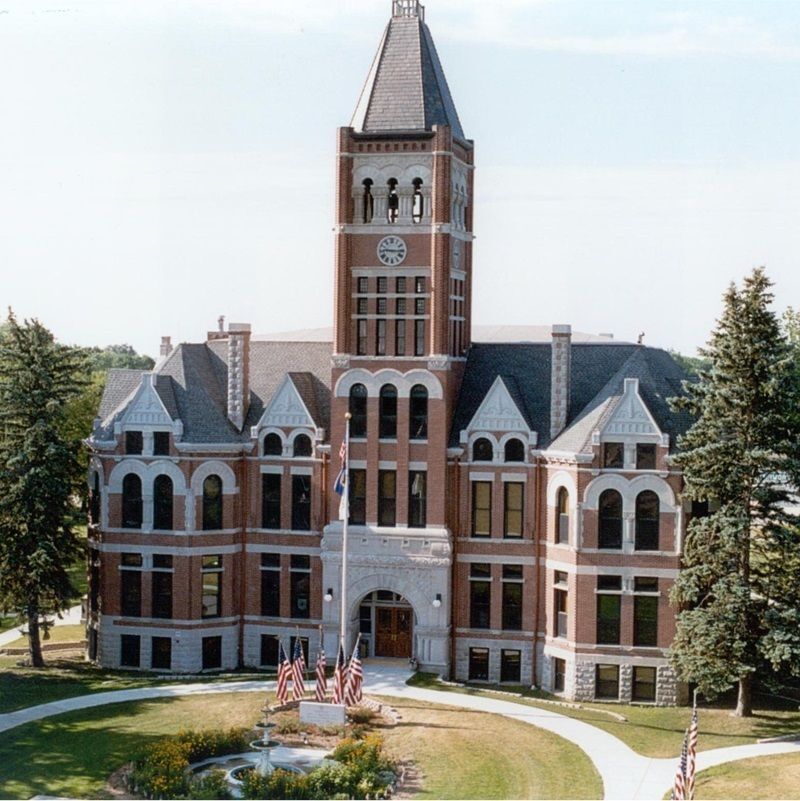
Nan Gould – Region 23 Emergency Manager
1. What are some of the key elements involved in preparing a county or region for emergencies or disasters?
One of the key elements in preparing a County for an emergency or disaster is educating the elected officials on their roles and responsibilities before, during, and after an event. One way that we do that is through the County LEOP (Local Emergency Operations Plan). Each county has a LEOP that outlines the roles and responsibilities of each of the ESFs (Emergency Support Functions) as set forth by the State. It is important to engage with our local public officials on a regular basis so that they are familiar with what is expected of them when an event occurs.
2. How might emergency management look different in your area compared to elsewhere in the state?
Region 23 is different than other EM programs in the state in that we have an established Interlocal Agreement amongst the four counties (Box Butte, Dawes, Sheridan, and Sioux) that allows them to share the cost of a full-time emergency management program. And to share assets throughout the region whenever possible during large scale events. It also provides an opportunity for them to work together and be familiar with the other counties’ officials and assets in the Region prior to any emergencies or disasters.
3. How do you work with other local agencies to coordinate emergency preparedness?
We work directly with responder agencies through training and exercise opportunities. We also help to secure grant funding through Homeland Security and other programs to address equipment, training, and exercise needs.
4. What are some proactive measures your office takes to reduce risk before a disaster strikes?
One proactive measure Region 23 has taken to reduce risk is that we are currently doing a Hazard Mitigation Plan Revision for the Region. In the recent past, we have gotten hazard mitigation grant funding for a couple of generator projects, as well as a couple of outdoor warning systems in the Region.
5. What does a successful response look like when emergencies do happen?
A successful response to me is when the responders can identify early in an event that it is likely to go beyond their capabilities, and they are comfortable calling the EM for additional assistance. Region 23 is up to eight hours away from additional
State assets in most scenarios, so it is important that our responders understand to call early if they think they will need State assets so we can get the request(s) started.
6. What are some common misconceptions the public has about emergency management?
A common misconception of the public is in thinking that Emergency Management is a responder agency. We are not a “responder” in the traditional sense. However, we are here to assist our responders in getting the help they need when things go beyond their capabilities and to help plan for and mitigate against disasters before they happen, as well as assisting the counties in recovery activities and reimbursement in the aftermath of a disaster.
7. How can residents better prepare themselves and support emergency efforts in their communities?
Residents can prepare by educating themselves about what to do prior to an event by having a preparedness plan for themselves and other family members and by practicing those plans ahead of time. It’s essential that they understand that in a large, wide-spread disaster help may not be able to get to them right away, and they need to be prepared to take care of themselves for up to 72 hrs. following the initial event.
8. Are there any community outreach programs or initiatives you’re particularly proud of?
Region 23 provides CodeRed (an emergency alert system) to all residents of Region 23 at no cost to them. It is just another way for them to get emergency messaging, along with local media outlets, NOAA radio, and other means of staying informed.
9. What innovations or changes are you hoping to implement in the next few years?
I would like to learn more about AI and how it can help in planning for, responding to, and mitigating against disaster. I think there are going to be many new technologies that can be adapted to the betterment of the field of emergency management.
10. Can you share a story about a specific emergency that you helped prepare for and respond to?
Since I have been with Region 23 (1999-present), we have experienced several major wildfires. The most notable ones were the Dawes/Sioux Complex in 2006,
burning approximately 68,000 acres; the Region 23 Complex Fires (86,000 acres) and Wellnitz Fire (60,000 acres) in 2012; and the Post Fire (5,500 acres) in 2021.
